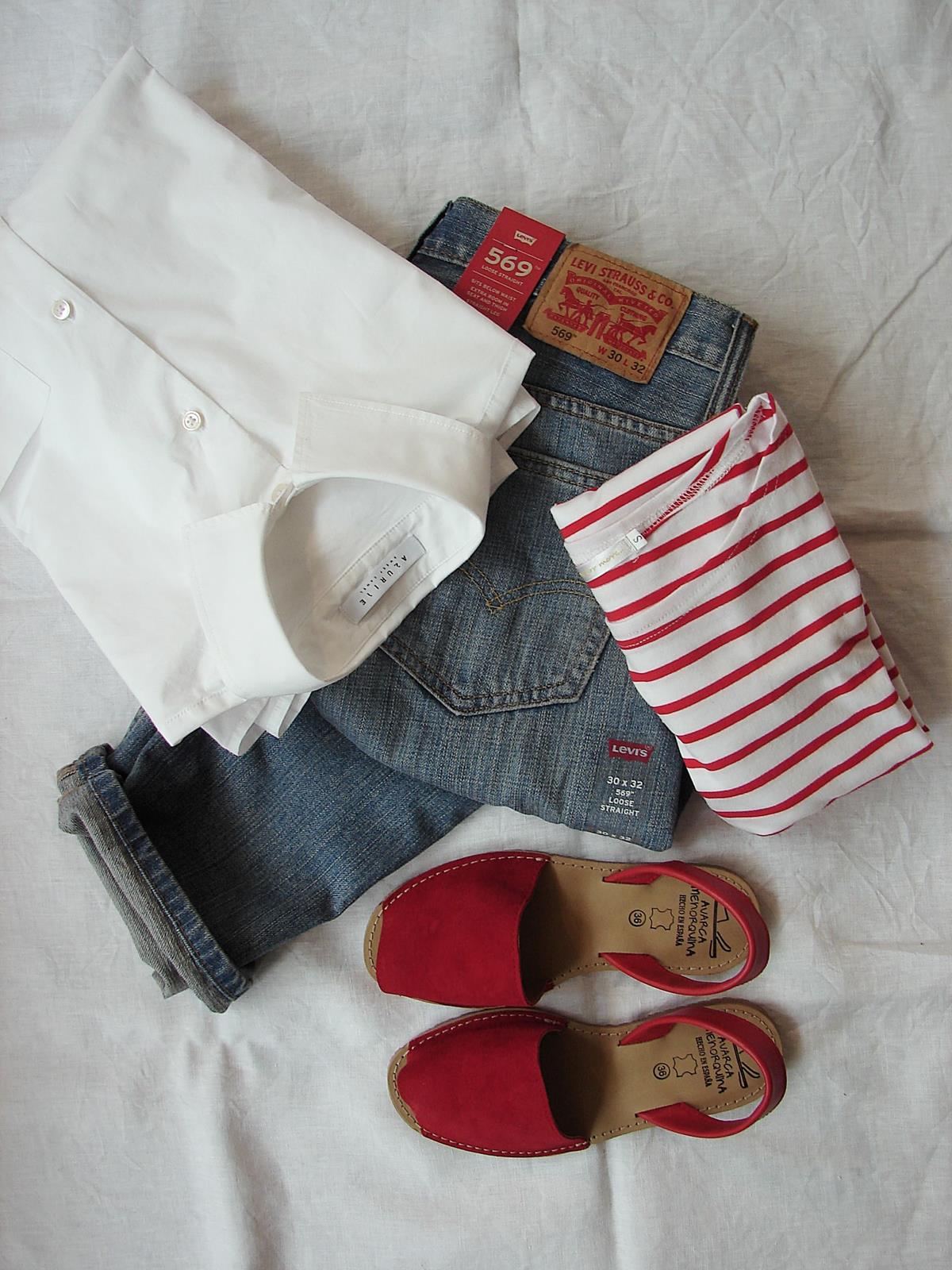Clothing is commonly used items worn around the human body. Typically, clothing made of fabric or fibers, with varying amounts of embellishments, is worn by most people, but over the years it’s included clothing made of animal skins and other lightweight thin sheets of synthetic materials and other natural resources found in the surroundings. Clothing, when worn without its accompanying accessories such as hats, caps, and bandanas, or funny tee shirts can be an expression of identity or fashion.
Wearing clothes around the human body can be a liberating experience. It can allow you to express yourself, choose the clothes that make you feel comfortable, and it can also be a chance to get attention from others. Wearing clothing that doesn’t affect the way that you feel, look, or act can also be a powerful self-empowerment tool. If you have a large amount of clothing, it can be an impediment to how you experience life. It can be difficult knowing what to wear because the piece of clothing does not fit right, it is too tight around the arms, too loose around your waist, or it is a style that does not compliment your body.
There are several reasons why some individuals refuse to wear clothing. One of the most common reasons is a fear of being ridiculed. Some individuals wear clothing because they are embarrassed or ashamed of their appearance. Other people will not wear clothing that they hate, for example, if they believe that the clothing will actually facilitate the spread of lice.
Lice do not travel in public clothing, so a person is not at risk of catching lice unless he or she goes out in public or otherwise exposes his or her skin. The lice can be killed by treatment with oil of Oregano, a solution that is applied to the scalp. Another treatment is a lice rinse, which involves rinsing the human body with water that contains bleach. Lice do not fly, so they are not affected by light or heat. Any type of fabric that covers the human body can protect a person from getting lice.
Lice are infrequent in human societies, although they do tend to occur more in urban environments. Textile garments are worn mainly during warm weather and when the temperature is comfortable. These clothing items are mostly restricted to women. Lice infestations are usually found on undergarments, socks, pants, skirts, and shirts.
Wearing tight-fitting clothes is a major cause for lice infestation. Although it is not true that clothes keep the lice away, the fabrics that clothing is made out of do trap body oils and moisture, thereby facilitating the growth of the insects. In addition, children who wear tight-fitting clothes are more susceptible to lice infestations because they do not get enough air circulation around their bodies.
Clothing from the Indian subcontinent is especially vulnerable to lice infestation. This is because the temperature between rural and urban India is quite different. The frequent use of unhygienic ways of cleaning cloths and the lack of proper disposal of used cloths make India a rich source of cloth manufacturing. Most of the people living in India live below the poverty line and cannot afford to buy expensive clothes. Because of this, many of them are forced to wear dirty, worn out clothing. Lice infestations in this case are quite frequent.
Cotton is the main textile material used in the Indian subcontinent and most other parts of the world. Clothing produced from cotton fabrics are the safest as compared to clothes manufactured out of other textiles. However, this does not mean that all other fabrics are worthless and should be thrown away. Textiles such as shade, jute, wool and silk are also quite suitable for making clothing and clothes garments out of.
